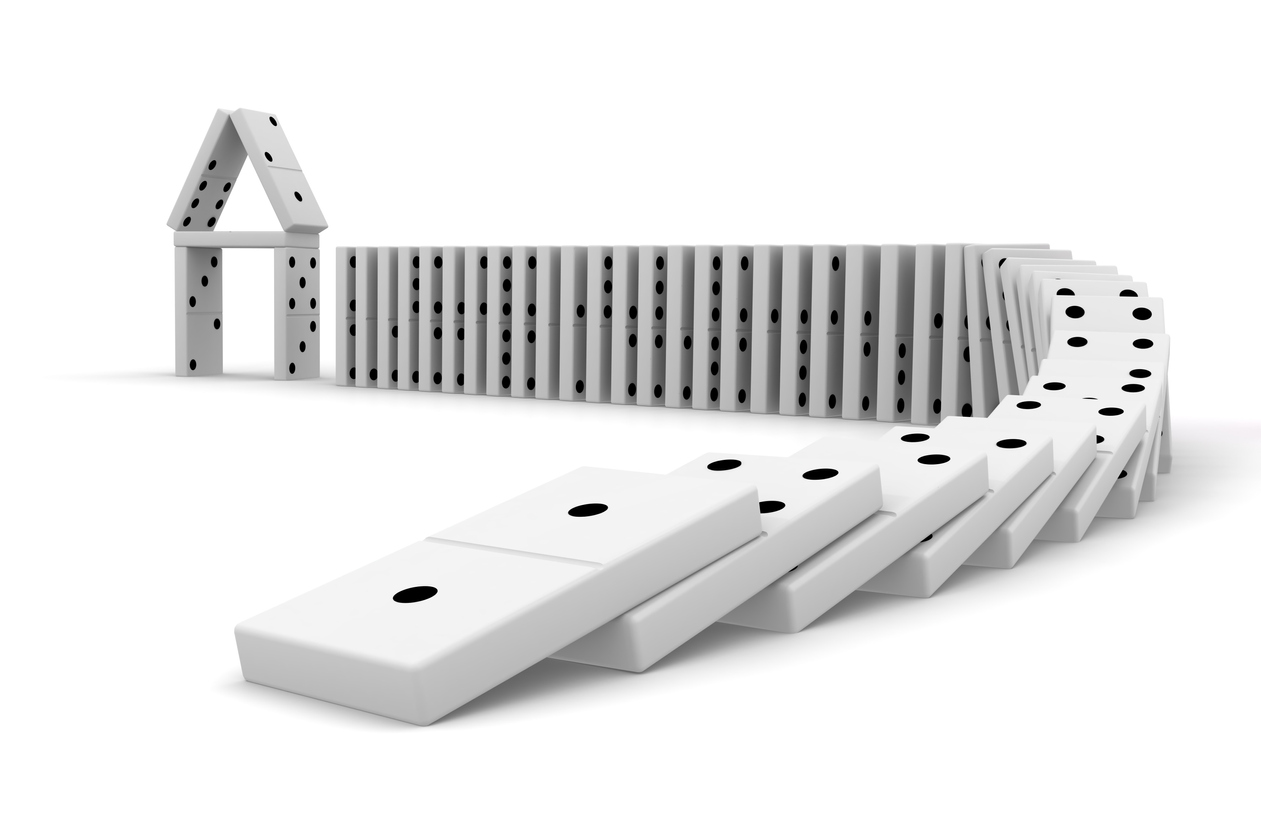Motions in limine are commonly used to seek a pre-trial ruling regarding excluding inadmissible or prejudicial evidence. At the federal level, Federal Rules of Evidence (“FRE”) 103(d) and 104(c),1 402,2 403,3 and 611(a)4 and Federal Rule of Civil Procedure (“FRCP”) 16(c)5 provide the underlying bases for in limine motions, though the power to rule on such motions inheres in the district court’s authority to manage the course of trials.6 Whether to grant or to deny a motion in limine falls within the broad discretion of the district court.7
The admissibility of evidence of an insured’s prior fires and prior insurance claims was the subject of a motion in limine in Chicago Import, Inc. v. American States Insurance Company,8 a case arising out of a 2007 warehouse fire alleged to have been an act of arson.
Chicago Import moved in limine to exclude evidence at trial concerning previous fires and insurance claims involving it and its President. The basis was FRE 404(b)(1), which does not allow for evidence of “other crimes, wrongs, or acts” to be used to prove character for suggesting the inference that conduct on a particular occasion was in conformity with it. Chicago Import argued that evidence of other fire and insurance claims was not admissible to prove that its President’s character was to start fires or to submit insurance claims and then to show he acted under that character by starting the fire or by submitting an insurance claim on that fire.
American States opposed the motion, arguing such evidence was admissible under FRE 404(b)(2), which allows for evidence to be used for another purpose, such as proof of motive, opportunity, intent, preparation, plan, knowledge, identity, absence of mistake, or lack of accident. American States claimed that evidence of the other fires and insurance claims was relevant to demonstrate that Chicago Import and its President were familiar with filing of insurance claims, and the benefits associated with filing such claims. Therefore, Chicago Import had a financial motive to intentionally set the fire to its warehouse.
The federal district court in Chicago Import granted the motion in limine because American States failed to present evidence to establish there was something suspicious about the prior fires or insurance claims, or there was something specific about the claims that would motivate Chicago Import to pursue an improper claim in the future. The district court reasoned that general familiarity with insurance claims was a weak and overbroad theory to show motive, and that the miniscule value of this evidence was substantially outweighed by the unfair prejudice that might result from a jury drawing an improper propensity or general bad character inference.
Following a jury trial in March, 2016 in which Chicago Import obtained a $5 million verdict for merchandise lost in the fire, American States moved for a new trial, arguing the district court erred in granting the in limine motion to exclude evidence of the prior fires and insurance claims. The district court upheld its prior ruling. It again pointed out that American States had provided little detail about the previous fires and insurance claims, only vague references to previous incidents with “suspicious origins” (one of which dated back to 1992), and offered no specific evidence to indicate that the prior fires and insurance claims were suspicious, were so numerous or frequent as to arouse suspicion, or followed some particular pattern.9
American States’ failure to offer specific evidence tying Chicago Import and its President to suspicious fires distinguishes the case from other cases in which courts have admitted evidence of prior fires or insurance claims. For example, in Westfield Insurance Company v. Harris,10 the insured had at least seven prior insurance claims for house fires, many of which shared similar and suspicious fact patterns: no one was at home, the houses were missing normal contents like food or furniture, an accelerant had been used, and the insured was seen driving away from the scene minutes before the fire. Similarly, in Shaba v. Allstate Indemnity Company,11 within a period of five years, the insured’s brother had been involved in five prior fire insurance claims at family-owned rental properties and, in each instance, the fire occurred near a tenant eviction. Likewise, in Rogers v. Allstate Insurance Company,12 the district court did not abuse its discretion in admitting testimony and evidence about a previous fire because ample evidence was presented comparing the similarities in the two fires, which occurred thirteen months apart, and the evidence was sufficient to support a conclusion that the insureds were responsible for the first fire.
1 FRE 103(d) and FRE 104(c) allow the district court to hear and to determine the question of the admissibility of evidence outside the presence of the jury.
2 Under FRE 402, irrelevant evidence is not admissible. Under FRE Rule 401, evidence is relevant if it has any tendency to make a fact more or less probable than it would be without the evidence and the fact is of consequence in determining the action.
3 FRE 403 gives the district court the authority to exclude relevant evidence if its probative value is substantially outweighed by the danger of undue prejudice, issue confusion, misleading the jury, undue delay, or needlessly presenting cumulative evidence.
4 FRE 611(a) states that the district court should exercise reasonable control over the mode and order of examining witnesses and presenting evidence so as to make those procedures effective in order to determine the truth, avoid wasting time, and protect witnesses from harassment or undue embarrassment.
5 FRCP 16(c) provides that at any pre-trial conference, the district court may consider and take action with respect to advance rulings on the admissibility of evidence.
6 Luce v. United States, 469 U.S. 38, 105 S. Ct. 460 (1984).
7 Holmes v. Godinez, No. 11-2961, 2016 WL 4091625, at * 1 (N.D. Ill. Aug. 2, 2016).
8 Chicago Import, Inc. v. American States Ins. Co., No. 09-2885, 2016 WL 4366494, at *7 (N.D. Ill. Aug. 16, 2016).
9 Id., at *7. See also McKean v. Nationwide Ins. Co., 2014 WL 12524657 (M.D. Pa.) (preliminarily excluding evidence of four prior fires unless the insurer came forward with evidence that the prior fires were incendiary).
10 Westfield Ins. Co. v. Harris, 134 F.3d 608 (4th Cir. 1998).
11 Shaba v. Allstate Indem. Co., No. 13-10690, 2014 WL 584896 (E.D. Mich. Feb. 14, 2014).
12 Rogers v. Allstate Ins. Co., 47 Fed. Appx. 797 (8th Cir. 2002).



